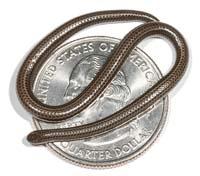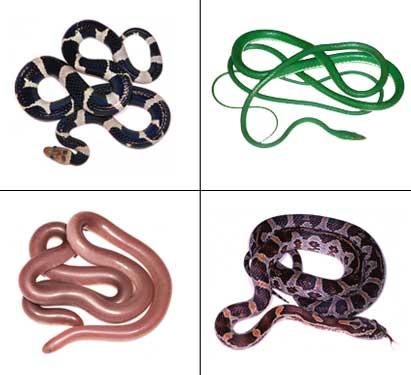Small minor minor minor minor minor
2008/10/12 Lakar Iraizoz, Oihane - Elhuyar Zientzia
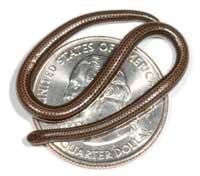
The snake Leptotyphlops carlae is easily introduced into a coin the size of a half euro coin. (B. Hedges, Penn State)
Blair Hedges, biologist at the University of Pennsylvania, has discovered this little snake. It says that there can hardly be a snake smaller than that. And it is that minors of that measure would not find food of edible size (adults hardly, and young people even more. ). The newly found comen ants larvae and termites.
You cannot act as a snake
Being so small, it is impossible for us to be the same sugeos and older relatives. For example, snakes, in general, lay many eggs because they do not care for newborns. This allows for a greater likelihood of some puppy going forward.
These little ones, however, can't do it, put very few eggs in each laying. Not very few, they usually put a single egg. And if instead of one they put two, while they remain in the mother's womb they would have to have half the size of the current eggs, and when they are removed from the egg they would have half the size of the current ones… they would be too small and could not feed.
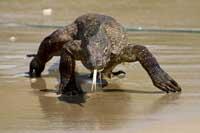
The proportions between adult specimens and newborns are also very different between “normal” snakes and those we are quoting. The freshly ripped serpents of the egg are extremely large compared to the adult specimens, compared to other species of snakes: they are half the size of the adult specimens, while in the large snakes, the newly ripped ones represent about a tenth of the adults.
Change size in islands
It is no wonder that the smallest known animals belong to the islands. The islands are usually very limited areas, being especially small the one that inhabits this snake, the island of the Barbados: It has an area of 430 km2, approximately a fifth of Gipuzkoa. Think about the difficulty that animals have to have to find enough food on this small surface. And, of course, the bigger an animal is, the more food it will need.
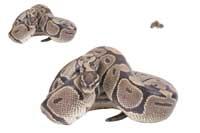
If an animal arrives from the continent to an island, it is clear that it will not find the conditions it had on the continent, among other things, the amount of food will be much lower. With the passage of time, having greater survival potential, large animals on the continents tend to decrease. This phenomenon is known as “insular nanism”.
However, the opposite phenomenon, gigantism, is also observed in the islands. These are animals that are usually small on the continents. Many times they are small because they have to flee from predators and, being small, they hide more easily.
In the islands, however, predators are very scarce. And it is that for large predators it is very difficult to reach the islands, since they are unable to swim for a long time and can hardly ascend in a structure that takes them there.
Therefore, without predators, they benefit nothing from being small and tend to grow. Example of this is the dragon of Komodo, the largest lizard known. Everyone adapts to the conditions surrounding him, what do I need!
Published in 7K.

Gai honi buruzko eduki gehiago
Elhuyarrek garatutako teknologia




